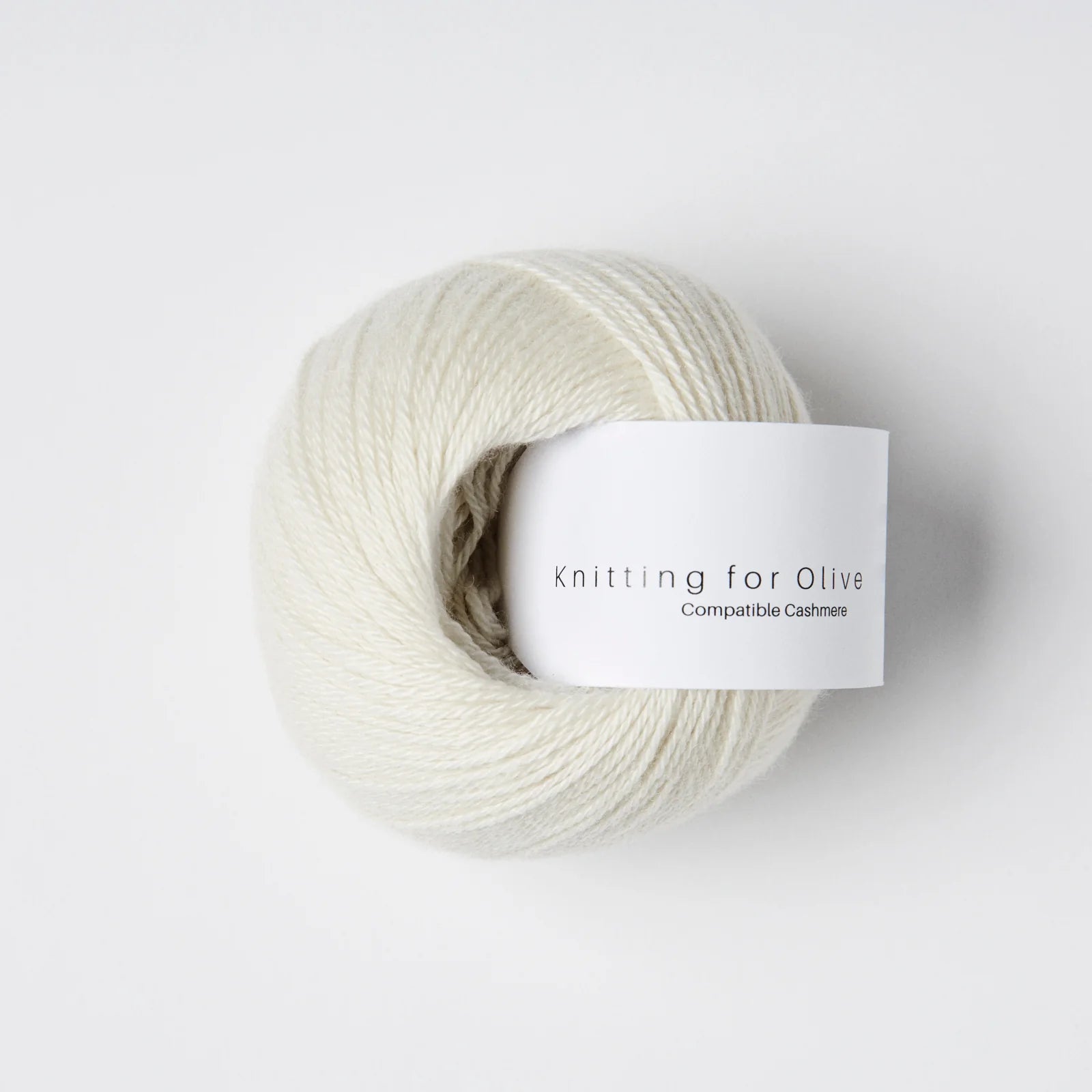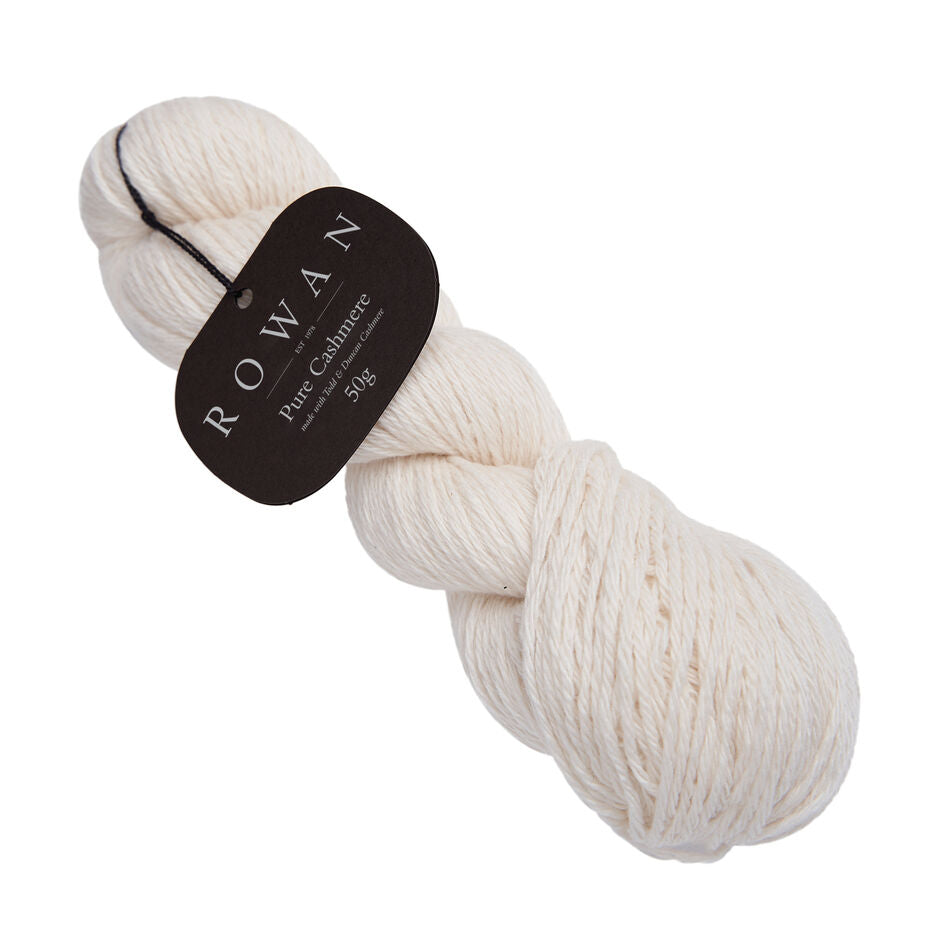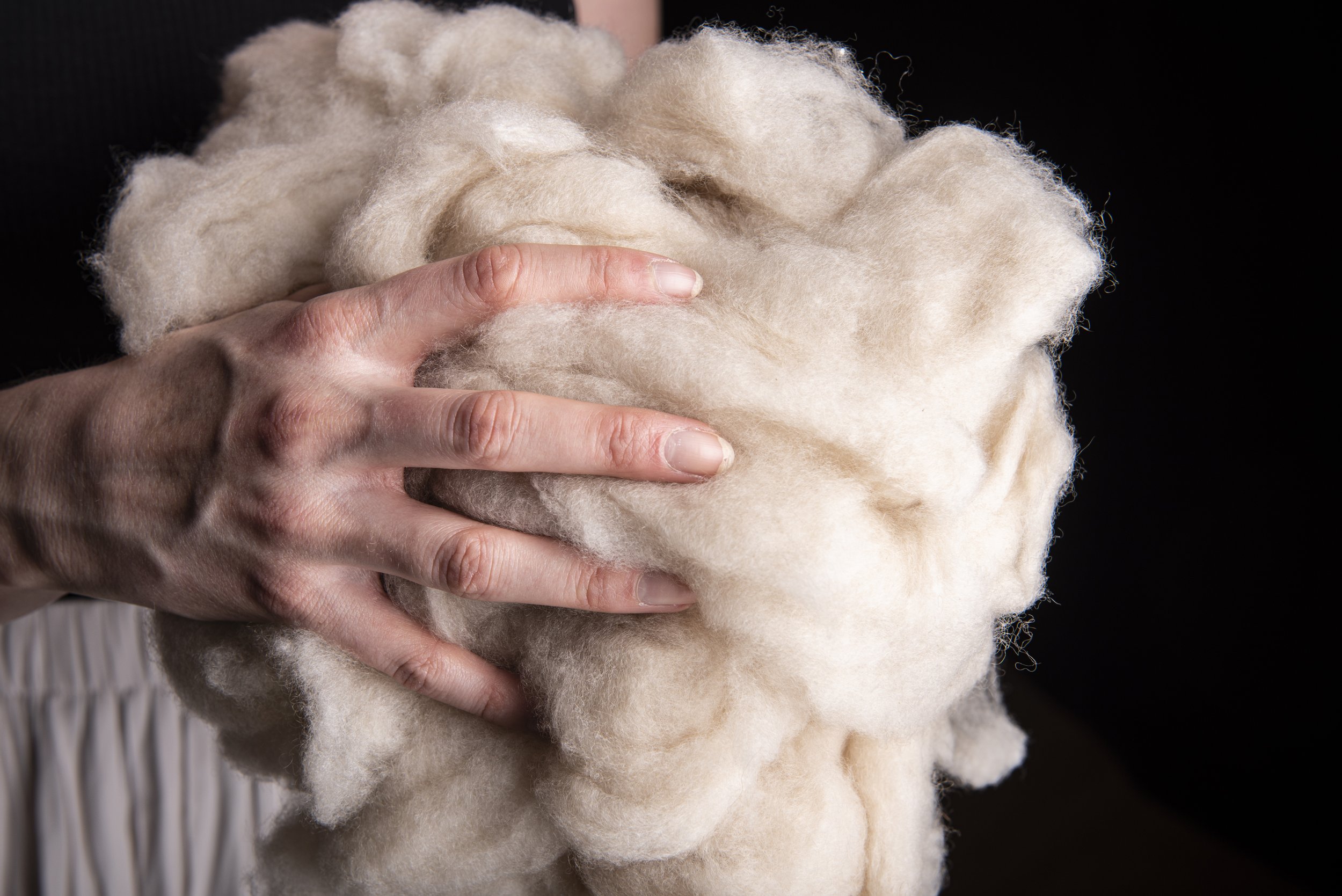The Reality Behind Is Cashmere a Natural Fiber and Its Green Appeal
The Reality Behind Is Cashmere a Natural Fiber and Its Green Appeal
Blog Article
Factors You Must Require Cashmere a Natural Fiber for Comfort and Elegance in Everyday Use
In the world of textiles, few fibers match the high-end and convenience of cashmere. Just how can one best make use of cashmere to boost their style? These intriguing concerns lay the foundation for an informing expedition into the globe of cashmere. cashmere fibre.
Comprehending the Lavish Nature of Cashmere

Assessing the Comfort Factor of Cashmere Attire
What high qualities underline the convenience aspect of cashmere garments? The gentleness of cashmere is the first quality to take into consideration. Its deluxe structure makes it feel like a 2nd skin, supplying warmth without the weight or itchiness connected with other wool items. Additionally, cashmere's distinct fiber framework enables for breathability, regulating temperature level and stopping overheating. The product's versatility and sturdiness guarantee that it molds against the body comfortably, preserving its shape with time. Cashmere's hypoallergenic properties additionally contribute to its convenience, making it a perfect selection for sensitive skin. Last but not least, the ability to layer cashmere items without thickness increases the convenience element. Fundamentally, the comfort of cashmere is originated from its softness, breathability, longevity, hypoallergenic nature, and adaptability.

The Ecological Influence and Sustainability of Cashmere
While the comfort and style of cashmere are undoubtedly enticing, it's similarly important to consider its partnership with the atmosphere. Cashmere production, largely in Mongolia and China, includes raising cashmere goats, which can dramatically strain fragile meadow communities due to overgrazing. Initiatives are being made to establish lasting cashmere production approaches, such as rotational grazing and cleaner processing techniques.
Comparing Cashmere to Synthetic Fibers: A Cost-Benefit Analysis
Regardless of its environmental obstacles, cashmere presents an one-of-a-kind set of benefits over synthetic fibers. On the expense side, cashmere is undoubtedly extra costly as a result of its labor-intensive production procedure. Yet, the benefits make it worth the investment. Cashmere's all-natural fibers supply unparalleled softness and warmth, converting right into comfort that synthetic fibers have a hard time to match. Cashmere pieces are highly resilient, appealing long life that offsets first costs over time. Unlike synthetic fibers, cashmere doesn't add to microplastic air pollution, making it a more sustainable option. On the other hand, synthetic fibers, while more affordable upfront, supply much less convenience, have much shorter life-spans and pose environmental concerns. Thus, when evaluating cost-benefit, cashmere's exceptional high qualities make it a beneficial investment for daily wear.
Designing Tips With Cashmere for Everyday Sophistication
Having considered the cost-benefit evaluation of cashmere compared to artificial fibers, it comes to be clear why this luxurious product is a preferred option for many. When styling cashmere for day-to-day style, simplicity is key. A this page cashmere coat, for circumstances, can be combined with customized trousers or visit this page a sleek skirt for a stylish, put-together appearance - cashmere fibre. For a much more casual set, a cashmere cardigan used over a simple tee shirt and jeans shows uncomplicated style. Devices can even more boost the look: a declaration pendant or headscarf can add a pop of shade to a neutral cashmere piece. Inevitably, the fundamental style of cashmere makes it a flexible enhancement to any type of wardrobe, easily enhancing daily outfits with a touch of high-end.

Conclusion
In recap, the impressive buildings of cashmere make it a beneficial addition to any closet. Its glamorous feel, comfort, versatility, and breathability to varying temperature levels are unmatched. Furthermore, cashmere's sustainability and reduced environmental influence compared to artificial fibers further boost its appeal. The classic beauty of cashmere, incorporated with its flexibility, includes sophistication to daily wear. Therefore, spending in cashmere garments is a rewarding decision for sustainability, style, and convenience.

Report this page